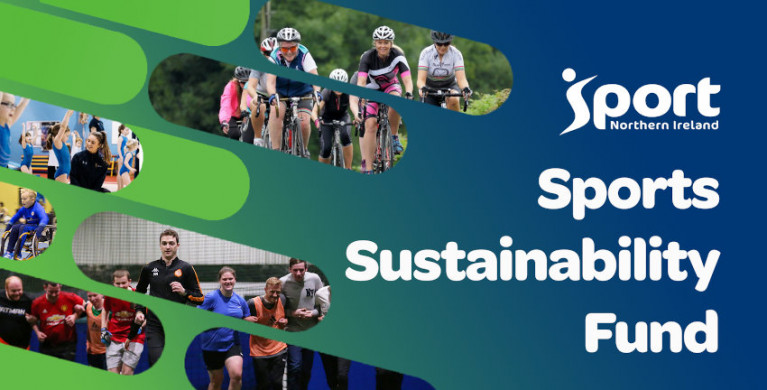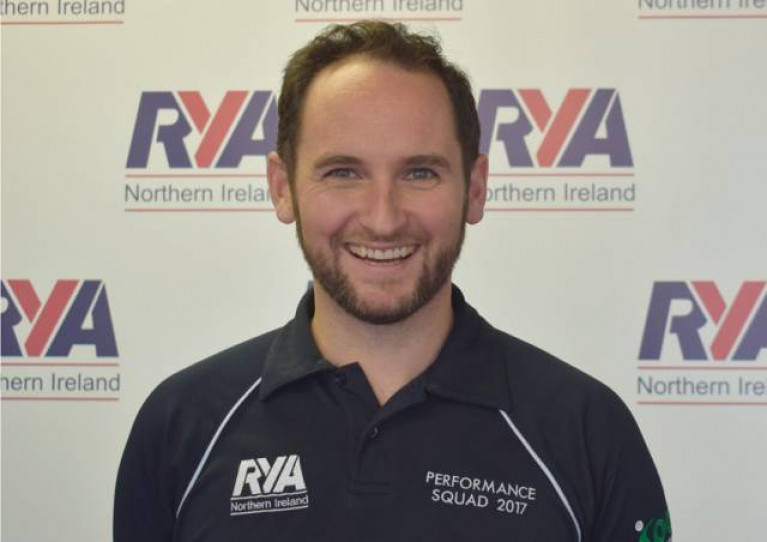Displaying items by tag: Sport NI
Applications Now Open for Sport NI’s COVID Recovery Programme
Sport NI’s COVID Recovery Programme for Sports Organisations is now open for applications with a closing date of noon on Friday 28 January.
The programme will support eligible organisations in Northern Ireland which have been negatively affected by the COVID pandemic in the UK financial year 1 April 2021 to 31 March 2022; and which have a financial operating deficit during that period which is attributable in full or in part to COVID.
The application portal can be accessed via the Sport NI website. This should provide all guidance notes and information, as well as a login screen for applicants to enter their email and a password.
Sport NI will present two online information sessions through Zoom on Monday 17 January and Wednesday 19 January from 6.30-7.30pm. To register interest to attend, email [email protected].
NICVA, the Northern Ireland Council for Voluntary Action, will also hold two information sessions (the content is the same for both so you only need to attend one). Register for session one on Monday 10 January (2pm to 3pm) or session two on Wednesday 12 January (12pm to 1pm).
Programme specific queries can be sent by email to [email protected].
Northern Ireland Sailing Clubs Called for Submissions for New Sports Sustainability Fund
RYANI is encouraging sailing clubs across Northern Ireland to prepare for a joint application to the newly announced Sport NI Sports Sustainability Fund.
Northern Ireland Communities Minister Carál Ní Chuilín launched the £25 million fund for Governing Bodies and affiliated clubs on Friday 4 December.
The fund is intended to address the economic consequences of the coronavirus pandemic which has affected the sports sector, helping to minimise financial stress and sustain clubs.
Sport NI requires ‘consolidated’ submissions to be made, which means one submission per recognised sport.
To this end, RYANI is calking for all affiliated clubs to provide the relevant information as specified by Sport NI and within the given timeframes.
Correspondence has been sent to clubs asking those intending to submit an application to complete and return an expression of interest form by this Tuesday 15 December.
RYANI chief operating officer Richard Honeyford said: “We welcome the announcement that the sports sector will be receiving further support.
“We are looking to establish points of contact so we can advise of the process or the administration of this fund.
“Clubs should ensure they read the relevant Sport NI guidance and start to collate the necessary information requested in preparation for submission.”
Further details and links can be found under ‘Financial Package’ section of the RYANI Return to Boating Page.
Emergency Hardship Fund For NI Sports Sector Could Be Lifeline To Region’s Sailing Clubs
The RYA Northern Ireland has welcomed the announcement of a £500,000 Hardship Fund for the sports sector in Northern Ireland.
As announced last Tuesday 14 April by Stormont Communities Minister Deirdre Hargey, sports clubs and sporting organisations from the voluntary and community sector, which are unable to receive support from other Covid-19 mitigation funds, will be able to apply to Sport NI for a small grant of £2,000.
This is intended to help with immediate financial commitments to maintain their facilities during the current restrictions amid the Covid-19 pandemic.
Affiliated clubs may be eligible for a grant to help cover fixed costs, which are no longer supported with revenue as a result of the pandemic. This might cover expenditure on rent/lease payments, heating and lighting, essential ground maintenance and insurance.
There is currently no ‘closing date’ for this grant scheme which is operating on a rolling basis.
RYANI’s chief operating officer Richard Honeyford said: “We very much welcome this funding in order to help affiliated clubs/organisations with the ongoing financial obligations during the coronavirus outbreak and whilst restrictions remain in place.
“We have been updating all affiliates in Northern Ireland on developments and will continue to share the latest information and advice with our clubs. We remain in close contact with Sport NI and other relevant bodies about the issues being faced by clubs during the current crisis and to ensure they are included in any future considerations.
“We would encourage all clubs/organisations to familiarise themselves with the guidance in order to make any application and to contact us if you are in need of support.”
The RYA has prepared guidance to assist clubs, classes and recognised training centres in line with advice from the UK Government and public health agencies.






























































